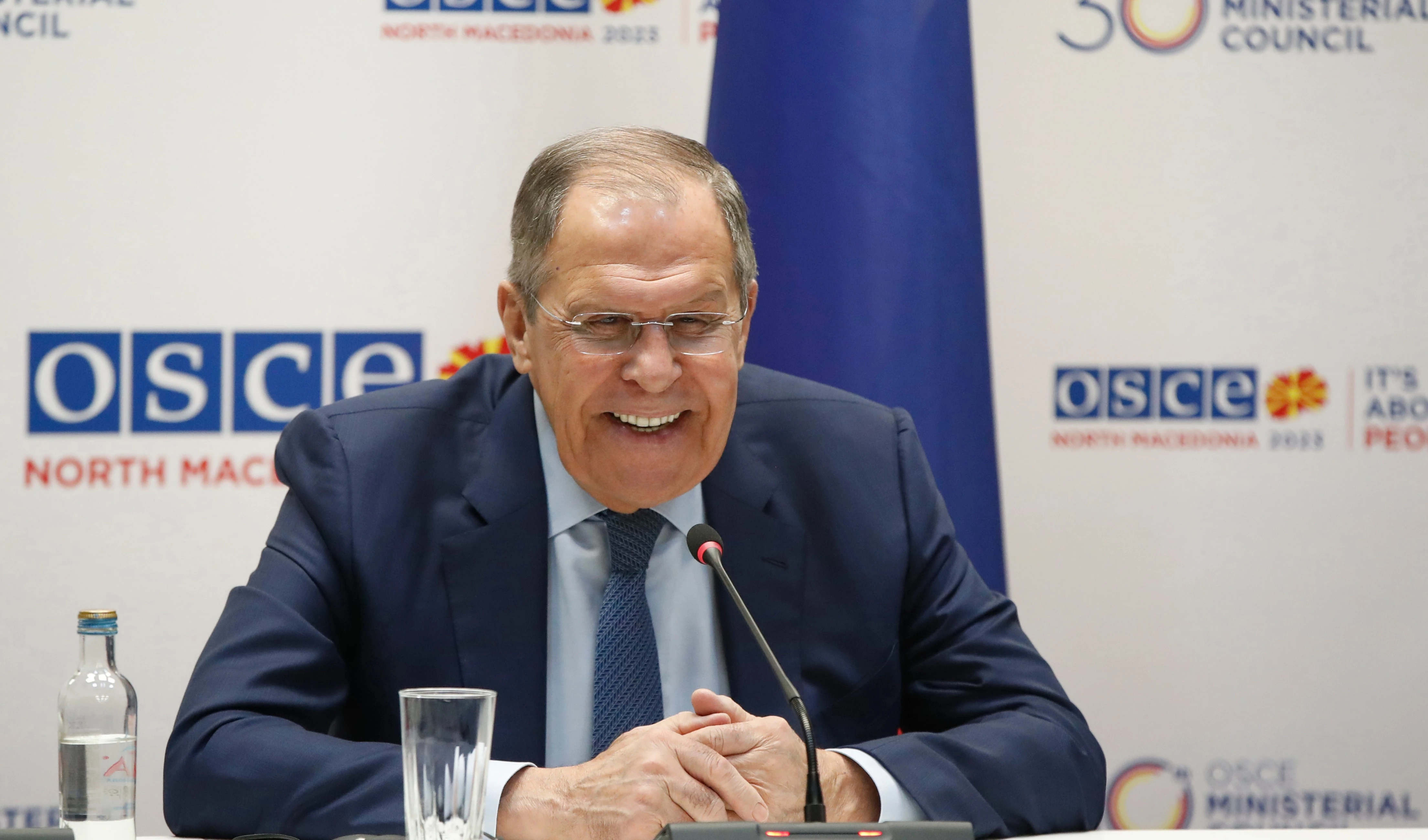Russia, Belarus to hold massive Zapad-2025 drills in September
Belarus and Russia to hold Zapad-2025 drills in September, focusing on joint defense coordination and interoperability with 13,000 troops.
-

Russian army soldiers march to attend a dress rehearsal for the Victory Day military parade at the Dvortsovaya (Palace) Square in St. Petersburg, Russia, Wednesday, May 7, 2025. (AP)
Belarus and Russia will conduct their joint military exercises, Zapad-2025, this coming September, with a focus on defending their shared strategic space, according to Belarusian Security Council State Secretary Alexander Volfovich.
Speaking on Wednesday at the MILEX-2025 international arms exhibition in Minsk, Volfovich said the defense ministries of both nations were actively working on the operational framework and core objectives of the upcoming drills.
"Today, the defense ministries of Belarus and Russia are preparing, developing the concept and, accordingly, a set of measures to be practiced during this exercise," he stated. "The exercise is large-scale. A wide range of issues will be addressed, but I reiterate that this exercise is primarily aimed at protecting our defense space."
Volfovich emphasized that the drills are part of a planned calendar of military cooperation between the two countries and reflect the depth of their strategic alliance.
Russian-Belarusian partnership
"Many of the examples that Belarus is demonstrating today [at the exhibition] are manufactured jointly with Russia, at joint enterprises. Belarus and Russia are strategic partners. We have a Union State. Together, we are developing directions to protect our defense space," he added.
Zapad-2025 will take place in mid-September on Belarusian territory and is expected to involve more than 13,000 personnel from both armed forces. According to Valery Revenko, aide for international military cooperation to the Belarusian defense minister, the drills will be defensive in nature and serve to assess the interoperability of the two militaries.
Revenko also confirmed that all member states of the Organization for Security and Co-operation in Europe (OSCE) were notified of the exercises and their main features in line with the 2011 Vienna Document, which requires transparency and confidence-building measures for military activities across the region.
The upcoming exercises continue a pattern of regular, large-scale joint drills between Belarus and Russia, underscoring their ongoing military integration under the Union State framework.
Belarus's growing cooperation with Russia
Belarus has completed manufacturing launch vehicles for the Oreshnik missile system and is preparing to send them to Russia, where they will be outfitted with missiles before deployment. In March, Alexander Volfovich, State Secretary of the Security Council of Belarus, confirmed the development, emphasizing the joint nature of the project under the Union State framework between Minsk and Moscow.
"This missile system is like a product of the Union State, because the base, the main vehicle, is manufactured at the enterprises of the military-industrial complex in the Republic of Belarus, and already the means of defeat, missiles, are manufactured in the Russian Federation. We are finalizing the production of the necessary number of these machines, which will soon be transferred to the Russian Federation to install the means of defeat on them," Volfovich said in an interview with Belarus 1 broadcaster.
Strategic deployment, NATO growing concerns
Volfovich revealed that Belarus has already designated locations for the system's deployment, signaling that the country is advancing its military coordination with Moscow. The Oreshnik missile system, known for its ability to deploy multiple submunitions mid-flight, has raised concerns among NATO members and Western military analysts, particularly after its first recorded combat use in Ukraine's Dnipro region last November.
A report by Foreign Policy warned that the Oreshnik missile is capable of carrying six warheads, each deploying six submunitions, making it particularly effective against air bases and high-value military targets. Unlike Russia's previous missile systems, which have struggled against Western air defenses, the Oreshnik's cluster-strike capability ensures widespread destruction, even if some warheads are intercepted.

 4 Min Read
4 Min Read










